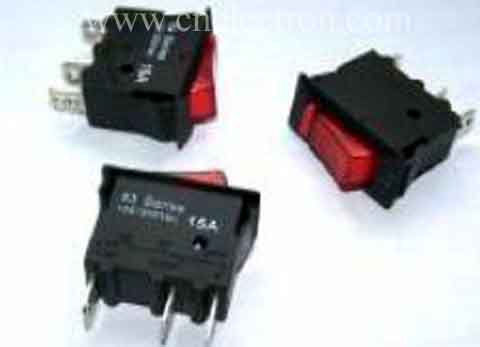Overload Breaker protector work process
Overload Breaker protector is a typical bimetal overcurrent protector, Using the physical properties of bimetal, Applied to various motor overcurrent protection.
The role of overload protection: Commonly used in the installation of the power transmission between the main and passive sides. When an overload fault occurs (torque exceeds the set value) Torque limiter will produce separation, So as to effectively protect the drive machinery and load; Common forms are friction-type torque limiters and ball-type torque limiters.
Overload Breaker protector is through a special welding process to weld two metal pieces together, Made of bimetal. When the bimetal has current, Metal sheet will be fever, Due to the two kinds of metal sheet thermal expansion and contraction of different. When the current exceeds the set value, Bimetal will be subject to action, Bimetal because the two metal thermal expansion coefficient will not be the same bending. When the temperature rises, The bimetal is bent toward the side of the metal sheet having a small thermal expansion and contraction ratio; When the temperature drops, The bimetal is bent toward the metal sheet having a large thermal expansion and contraction ratio. So that the overload protection device contacts open or closed action, So as to achieve the purpose of cutting off or connected to the circuit.

The role of overload protection: Commonly used in the installation of the power transmission between the main and passive sides. When an overload fault occurs (torque exceeds the set value) Torque limiter will produce separation, So as to effectively protect the drive machinery and load; Common forms are friction-type torque limiters and ball-type torque limiters.
Overload Breaker protector is through a special welding process to weld two metal pieces together, Made of bimetal. When the bimetal has current, Metal sheet will be fever, Due to the two kinds of metal sheet thermal expansion and contraction of different. When the current exceeds the set value, Bimetal will be subject to action, Bimetal because the two metal thermal expansion coefficient will not be the same bending. When the temperature rises, The bimetal is bent toward the side of the metal sheet having a small thermal expansion and contraction ratio; When the temperature drops, The bimetal is bent toward the metal sheet having a large thermal expansion and contraction ratio. So that the overload protection device contacts open or closed action, So as to achieve the purpose of cutting off or connected to the circuit.






